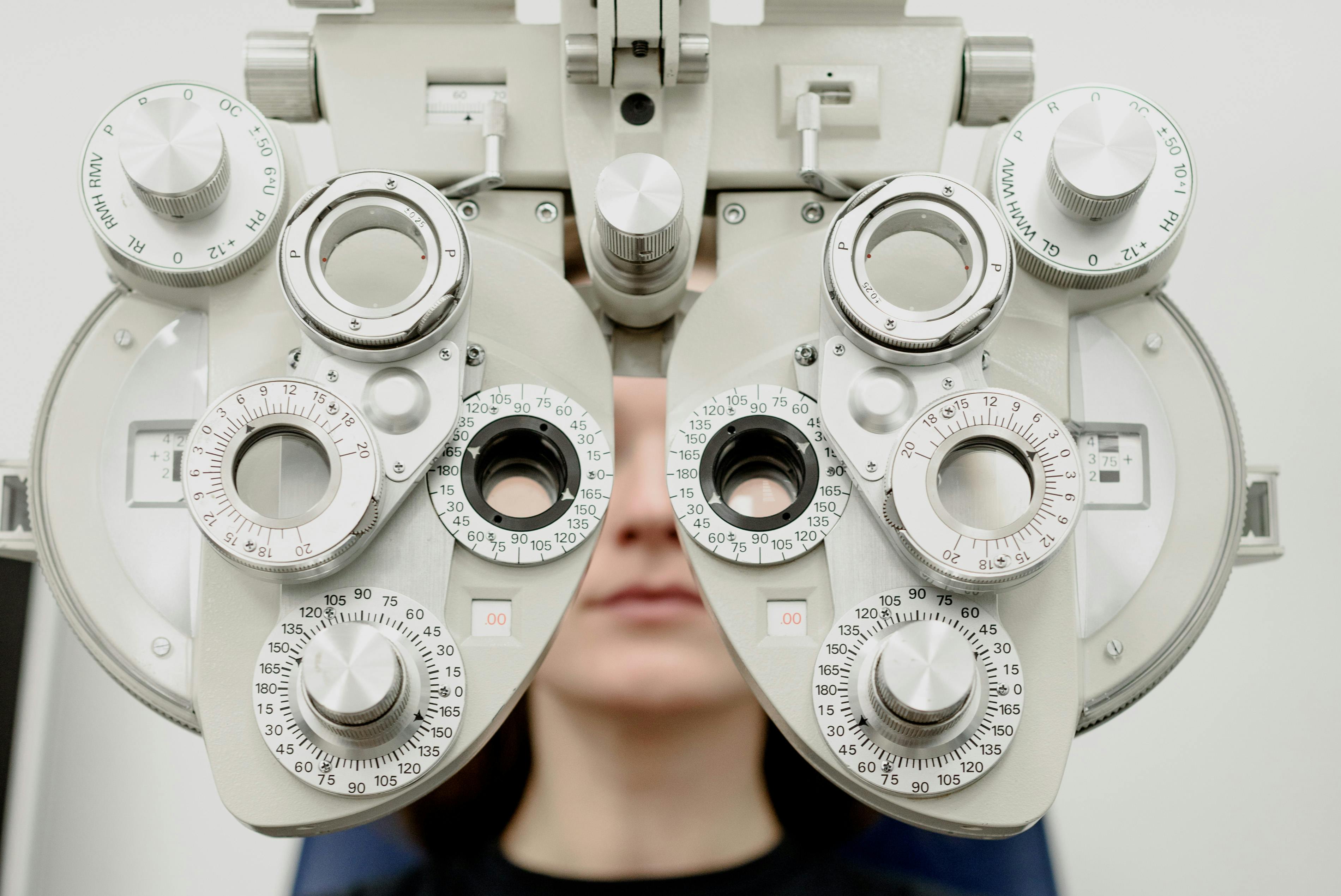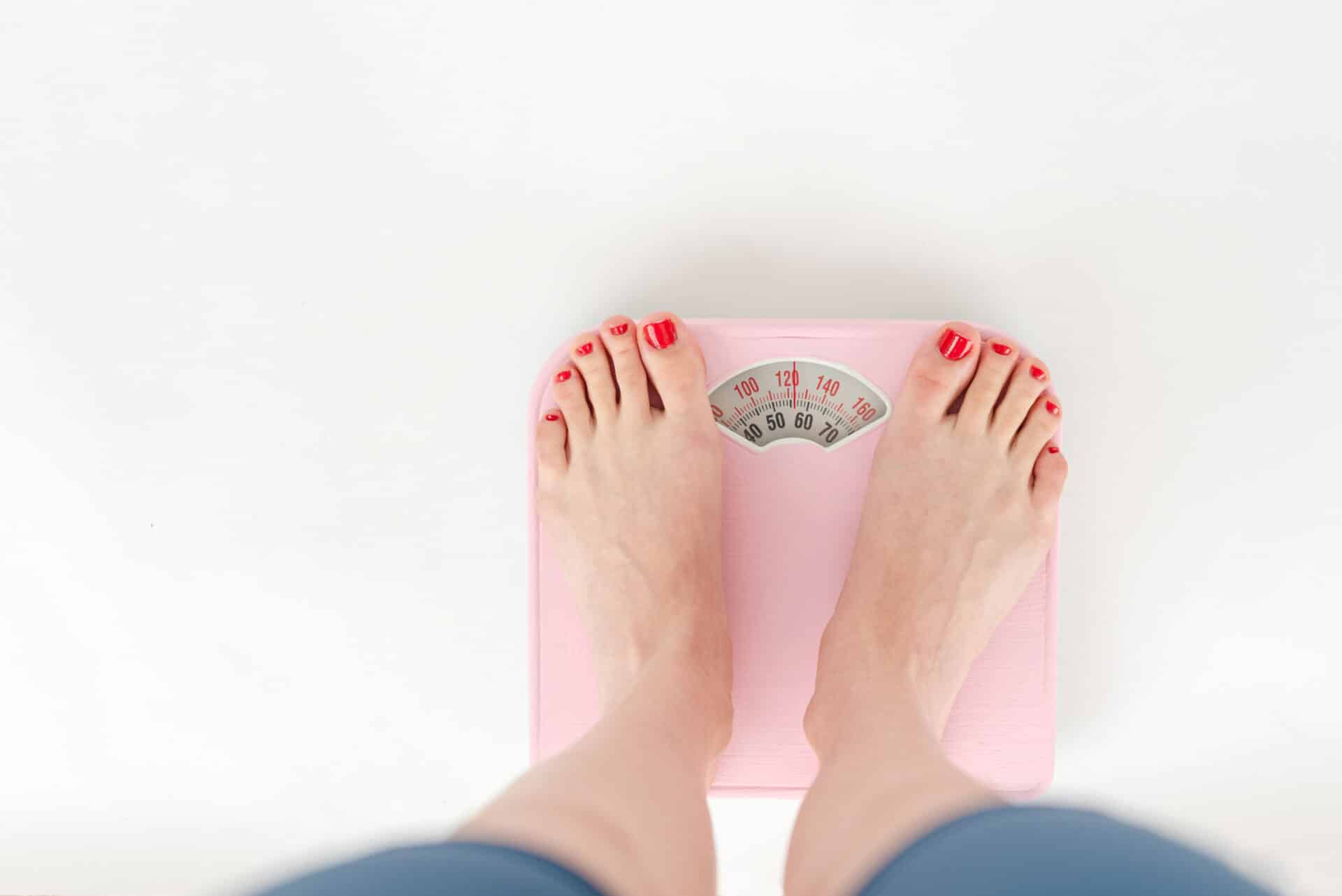A distillation apparatus is a device used to separate mixtures of liquids based on their different boiling points. It works by heating a mixture of liquids until they reach a boiling point. The vapour from the mixture then rises and is cooled, which causes it to condense back into liquid form. This distillate can then be collected in a separate container. Distillation apparatuses are commonly used in industrial and laboratory settings to purify liquids or separate them into their component parts.A distillation apparatus is a setup of components used to separate mixtures of liquids by separating them based on their different boiling points. The apparatus typically consists of a round-bottom flask, condenser, thermometer, and a receiver. Heat is applied to the mixture in the flask, causing the components with lower boiling points to evaporate first. The vapors produced are then cooled and condensed back into liquid form in the condenser before being collected in the receiver.
Components of a Distillation Apparatus
A distillation apparatus is an important piece of equipment used for the separation of components in a mixture. It consists of several components, each with their own unique purpose. The main components of a distillation apparatus are the heat source, the still pot, the condenser, and the collection container.
The heat source is used to provide the necessary energy to initiate boiling and vaporization of the desired components in the mixture. This can be accomplished using various means such as direct flame heating, steam heating, or electric heating elements.
The still pot is where the actual distillation takes place. This is where the mixture is heated and vaporized so that it can be collected in a separate vessel. The still pot needs to be made of a material that can withstand high temperatures without corroding or deteriorating over time.
The condenser serves two purposes: it cools down any vaporized substances so that they return to their liquid form and collects them in a separate container from where they can be reused or disposed as required. The condenser usually consists of two tubes running side by side; one for cooling and one for collecting
Types of Distillation Apparatus
Distillation is a process used to separate and purify liquids. It uses the differences in boiling points of the components of a mixture to separate them from one another. Distillation apparatus are pieces of equipment used to carry out distillation processes. There are several types of distillation apparatus that can be employed, depending on the task at hand.
One type of distillation apparatus is a simple distillation setup. This involves a round-bottomed flask, a heat source, and a condenser. The flask contains the mixture to be separated, and the heat source is used to boil it. The condenser captures the vapors produced by boiling and passes them through a tube leading into another flask, where they are collected in liquid form.
Another type of distillation apparatus is called fractional distillation. This type requires more complex equipment than simple distillation, such as an additional fractionating column between the boiling flask and the condenser. The purpose of this column is to allow multiple stages of vaporization and condensation to occur, thus allowing for more precise separation of components with differing
Uses of a Distillation Apparatus
A distillation apparatus is an important piece of lab equipment used in many scientific and industrial applications. It is used to separate a mixture of liquids based on their boiling points, allowing for the isolation of different components. This makes it useful for purifying liquids, as well as for creating compounds with specific properties. Distillation apparatus are also used in the production of essential oils, perfumes, and other fragrances.
Distillation apparatus can be used to separate mixtures of two or more liquids with different boiling points. A mixture containing multiple components can be separated by boiling them off at different temperatures, and then collecting the vaporized liquid in a container. The condensed liquid is then collected in another container, allowing for the isolation of each component. This process can be repeated several times to achieve higher levels of purity.
Distillation apparatus can also be used for fractional distillation, which involves separating a mixture into its individual components using temperature differences between each component’s boiling point and condensing vaporized liquid into separate containers at different temperatures. Fractional distillation is often used in industrial applications such as petroleum refining
Advantages of a Distillation Apparatus
Distillation apparatus are widely used in many industries, including pharmaceuticals, food and beverage, and chemicals. The primary advantage of using a distillation apparatus is the ability to separate compounds with different boiling points. By heating the mixture to its boiling point, the vaporized components can be collected in a separate container. This allows for greater control over the purity and quality of the final product. Additionally, distillation apparatus can be used to purify existing substances by removing impurities or contaminants. This makes them an essential tool for producing high-quality products.
Another advantage of using a distillation apparatus is that it can be used to fractionate complex mixtures into their individual components. This process allows for more precise control over the mixture’s composition and properties. Additionally, it is possible to create new materials by combining fractions from different components in various ratios. This makes distillation apparatus ideal for researching new chemical compounds as well as creating customized solutions for specific applications.
Finally, distillation apparatus are relatively easy to use and require minimal maintenance. With proper care

Advantages of a Distillation Apparatus
A distillation apparatus has many advantages. It is an efficient and effective way to purify liquids, such as water or alcohol. The process of distillation can be used to remove impurities from liquids, making them safer to use and consume. Additionally, it can be used to separate two components of a mixture that have different boiling points. This allows for the production of pure samples for use in research or other applications. Distillation apparatuses are also relatively easy to use and maintain, making them ideal for laboratories and other facilities that require clean and safe liquids.
Another advantage is that distillation apparatuses are relatively inexpensive compared to other methods of purifying liquids. Additionally, they are able to produce a high-quality product in a relatively short amount of time. This makes them desirable for many commercial applications, such as producing distilled spirits or deionized water for industrial processes.
Disadvantages of a Distillation Apparatus
The primary disadvantage of using a distillation apparatus is that it requires careful monitoring during
How to Operate a Distillation Apparatus
Distillation is a process of separating mixtures into their component parts, known as fractions. An apparatus is used to carry out the distillation process. The most common type of distillation apparatus consists of a heating source, a condenser, and a collection vessel. To operate the apparatus, the following steps should be taken:
1. Begin by placing the mixture into the heating source. This can be done either by pouring it in or using an automated feed mechanism. Make sure that the mixture is evenly distributed throughout the source.
2. Once the mixture is in place, adjust the heating source to reach the desired temperature for distillation. This temperature will depend on what type of distillation process you are performing and what components you are attempting to separate.
3. Attach the condenser to the top of the heating source and ensure that it is securely fastened in place. The condenser will help capture any vapors produced during distillation and cool them back into liquid form.
4.
Safety Precautions When Using a Distillation Apparatus
It is essential to take safety precautions when using a distillation apparatus. The apparatus includes a heating source, a condenser, and a receiver. It is important to pay attention to the instructions when setting up the apparatus and while using it. It is also important to wear safety goggles and gloves at all times when working with the apparatus. Additionally, it is necessary to ensure that all of the components are securely connected and that none of them are leaking.
The heating source used in a distillation apparatus can become very hot, so it is important to avoid contact with the hot surfaces as much as possible. It is also crucial to keep any flammable materials away from the heating source as they can ignite easily. Furthermore, it is advisable to use an appropriate thermometer for checking the temperature of the heated material in order to avoid burns or other injuries.
When connecting the components of the distillation apparatus, it is important to ensure that they are properly tightened and that there are no leaks present. If any leaks occur during the process, it should be stopped immediately and all components should be carefully inspected for any damage

Conclusion
Distillation is an important process for separating and purifying liquids, and a distillation apparatus is the equipment used for this purpose. A typical apparatus consists of a heat source, a still pot, a condenser, and a collection container. By controlling the temperature and the number of distillations, different types of liquids can be distilled from one another. The technology has improved over time to make it more efficient and cost-effective. Distillation is used in many industries, from food processing to pharmaceuticals. With the right expertise and equipment, it can be an effective way to separate liquids for purification.
In conclusion, a distillation apparatus is necessary for separating different types of liquids in order to purify them. The technology has improved drastically over time so that it can be done much more efficiently. It is an important tool in many industries and with the right knowledge and equipment, it can be a great way to separate liquids for further processing or use.

